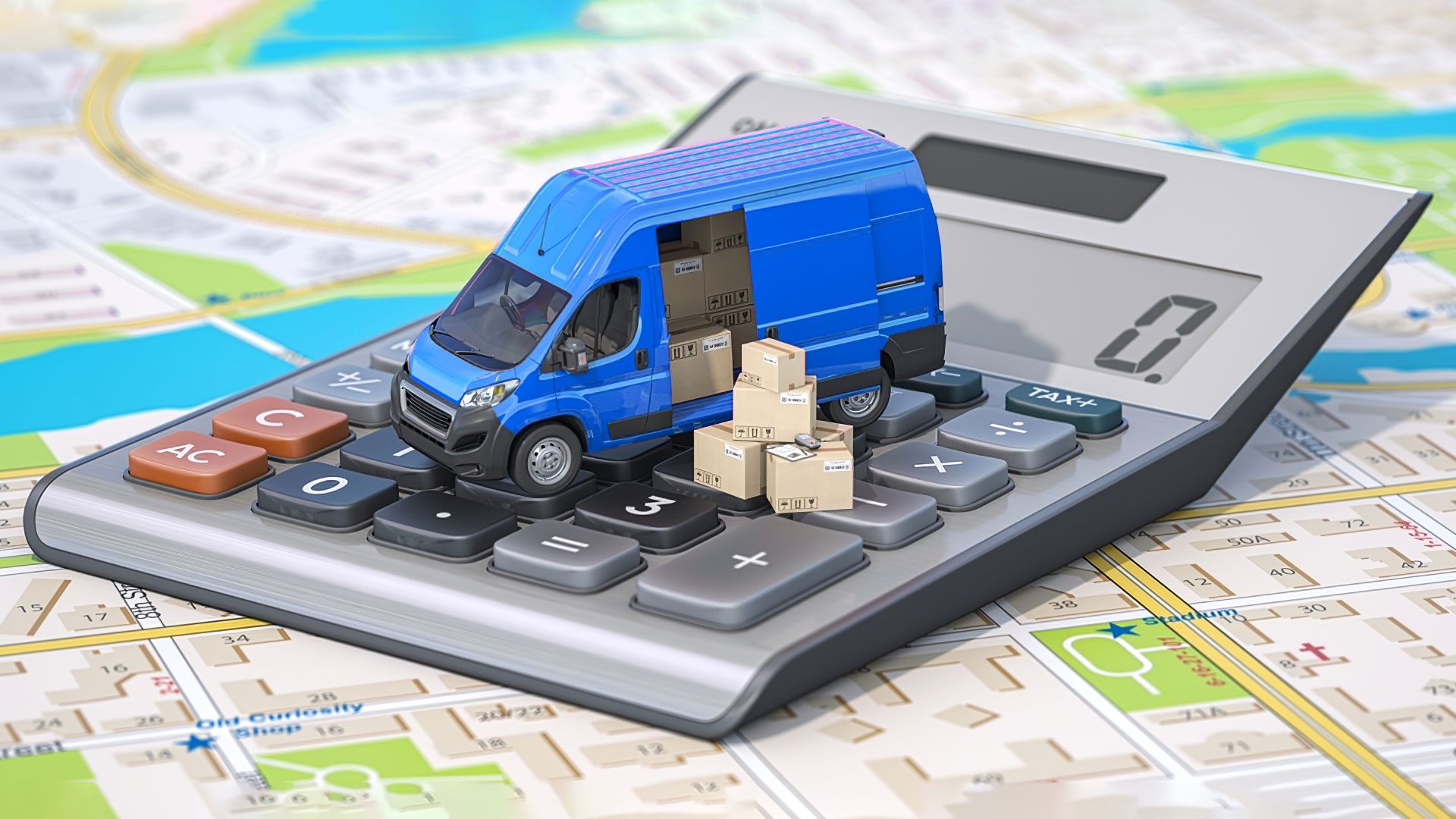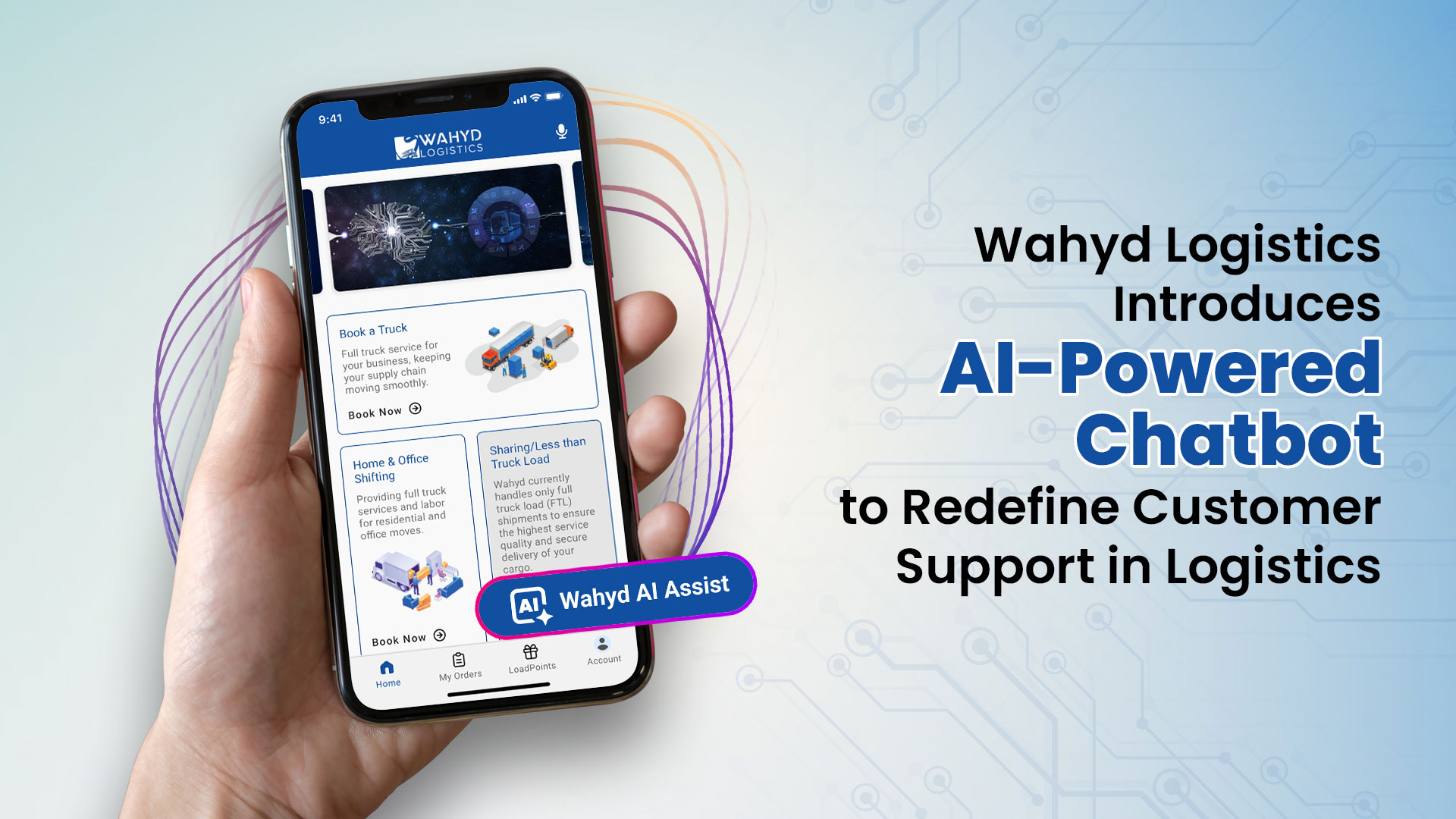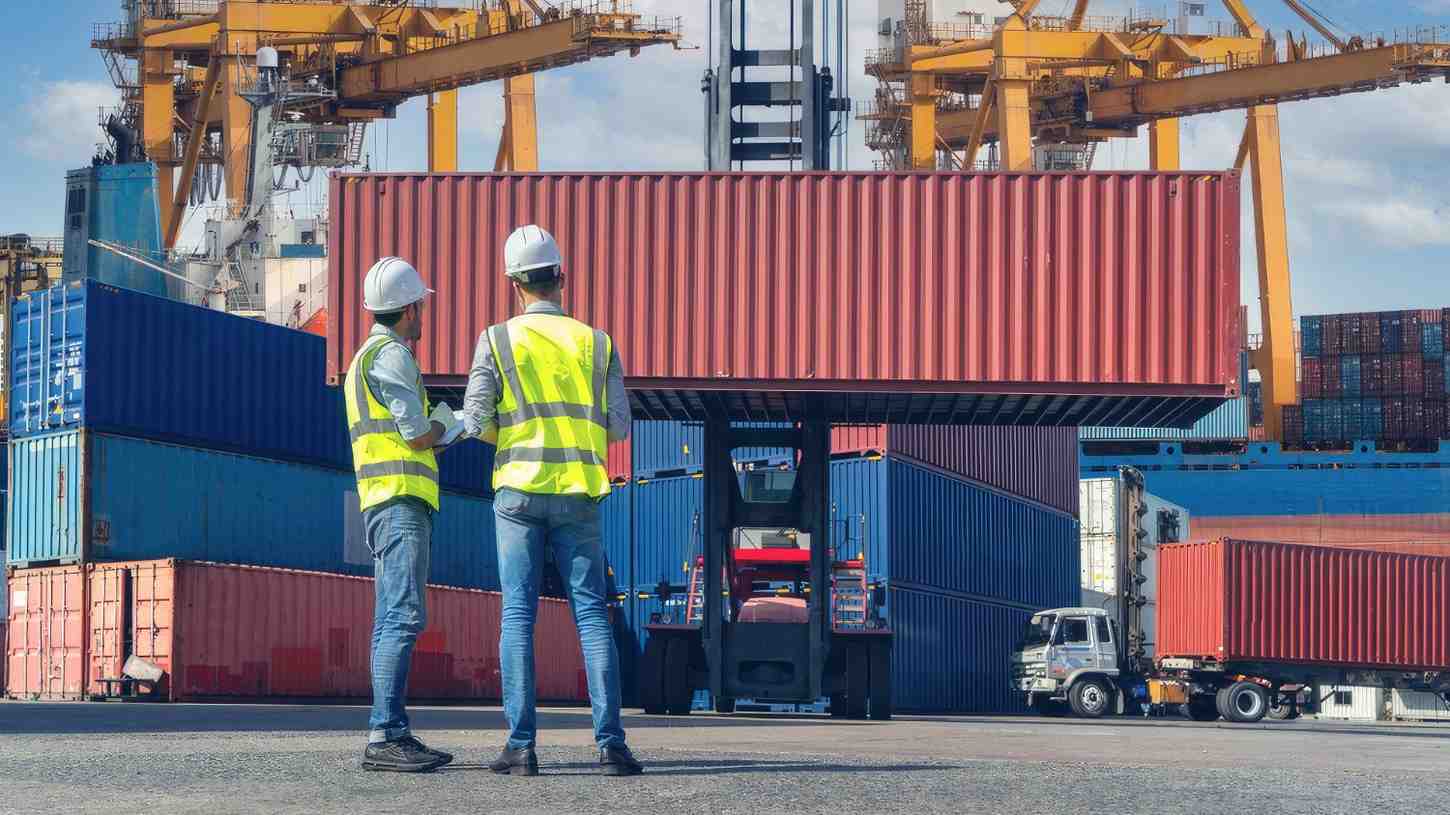
The delivery costs are essential to sustaining profitability and being one step ahead of the competition in the extremely competitive retail market. Retailers need to come up with creative ways to streamline their delivery processes as customer expectations for quick and economical shipping keep rising.
Learning to reduce shipping costs is very important for your business. Larger firms, such as Amazon, employ free delivery nearly everywhere to make it more difficult for the typical company owner to compete in terms of pricing. Low delivery costs are therefore an important element in increasing profits. Shipping and other fulfillment costs can quickly start going up as your business expands. Besides that, even relatively minor errors can cause your fulfillment process to stall or result in additional costs.
There are plenty of different ways by which you can reduce your costs of shipping. Learning how to reduce shipping costs could allow you to generate higher profits. Ultimately the money you save could be better utilized in advancing your business. But how can you reduce your shipping costs? Read on to find out.
In this article, we will examine ten practical tactics that retailers can use to lower their delivery expenses.
1. Optimize Shipping Routes and Logistics
The effectiveness of shipping routes and logistics is one of the most important elements influencing delivery costs. Retailers can examine their delivery habits and determine the most efficient routes by using logistics providers or route optimization tools. Cutting fuel usage and transportation expenses may involve grouping shipments, eliminating empty miles, and optimizing truck loading.
Shipping Strategy:
- Negotiate with carriers: Review your shipping volume and renegotiate rates with carriers for better deals.
- Choose the right service: Consider cost-effective options like standard ground shipping for non-urgent deliveries.
- Consolidate outbound shipments: Combine multiple orders going to the same area to reduce the number of individual shipments.
2. Ship Smarter, Save More: Weigh & Optimize Package Dimensions
Unless you’ve chosen flat-rate shipping, heavier packages usually cost more to ship. Consider purchasing a postage scale if you plan to print the labels and ship everything from your garage or a shop. You’ll be able to determine the weight of each package more precisely and make more accurate cost calculations as a result.
It’s advisable to make every effort to minimize the package’s measurements. Depending on the size of the box, some businesses charge extra. There’s no need to pack a lightweight item in a large box. You can save a good deal of money if you use smaller ones.
Optimize Packaging:
- Keep DIM weight in mind: Dimensional weight is a pricing factor for most carriers. Use the right-sized boxes to minimize empty space.
- Use appropriate packing materials: Choose the most space-efficient materials like bubble wrap or peanuts to secure items without adding unnecessary weight.
- Utilize carrier-provided packaging: Carriers often offer free boxes that comply with their dimensional pricing, potentially saving on packaging costs.
3. The Power of Inbound Order Consolidation
You should think about how things come to your warehouse as well as what happens to them once they get there. To meet delivery deadlines, you may be paying high shipping and processing fees or even rush fees if you’re contacting your suppliers on an as-needed basis when fresh orders are placed through your eCommerce website.
Employ your Warehouse Management System (WMS) to estimate which items you’ll need when analyzing historical demand trends, product popularity, and even seasonality. Once you’ve consolidated your orders, place them far in advance to benefit from streamlined receiving and bulk savings.
Encourage Customers to Consolidate Orders
By offering discounts or free delivery on bigger purchases, retailers may encourage customers to combine their orders. This may contribute to a decrease in the total quantity of separate shipments, resulting in cheaper delivery expenses for each purchase.
4. Reduce Shipping Costs with the Right Packing Materials
Efficient packaging helps you reduce shipping costs and steer clear of excessive charges for high DIM weight. Decide whether you need poly bags, mailers, or boxes for each product, and stay away from a one-size-fits-all approach, like sticking everything in a cardboard box because that’s the only packaging on hand.
Instead, review the estimated demand for each product and then align your supply orders to match: purchase poly bags for light items and durable boxes for heavy or breakable items.
This is also a great time to consider the additional materials – like packing peanuts or bubble wrap – that go inside each container. Are these items light enough to avoid tipping the scale but sturdy enough to keep products secure?
5 Protect Fragile or Hazardous Items
When a much-anticipated box arrives, there’s nothing more disappointing for a customer than to open it and discover damaged goods or leaking containers. Additionally, the expense of repairing and reshipping goods to the buyer or merchant falls on eCommerce suppliers.
As you define packing processes and order materials, account for fragile, spillable, or potentially hazardous products. Create a system that adheres to required safety protocols, and pack with care to avoid damage during transit.
6. Offer In-Store Pickup or Local Delivery
Offering consumers the choice of local delivery or in-store pickup for their goods might be a more affordable option than using standard shipping methods. Last-mile delivery is not necessary with in-store pickup, and local delivery can save money on transportation as compared to long-distance shipment. Additionally, this tactic can raise client happiness and convenience levels.
7. Boost Customer Satisfaction: How Order Updates Win Loyalty
An increasingly common problem for merchants these days is the increase in Where Is My Order (WISMO) calls. This arises when clients are forced to the verge of canceling orders because they disappear into the ether of travel or encounter unanticipated difficulties. In addition to undermining consumer confidence, such situations hurt sales for the company and drive up expenses due to repeated delivery attempts. Maintaining a high delivery efficiency is becoming necessary rather than discretionary for new retail competitors in a market where industry giants like Walmart, Target, and Costco set the standard.
Offer Incentives:
- Implement a free shipping threshold: Motivate customers to spend more to qualify for free shipping, offsetting the cost.
- Flat-rate shipping: For specific regions or order weights, offer a flat shipping fee to simplify costs for both you and the customer.
8. Take Advantage of Partner Discounts
In relation to your warehouse, if you collaborate with a fulfillment partner who provides services to several customers from one place, you can be eligible for a shared shipping discount.
Enterprise brands have the highest likelihood of qualifying for discounts, which are often granted by carriers depending on purchase volume. However, you don’t need a large order volume to benefit from partner discounts because they are determined by your provider’s total shipments among clients.
9. Time Slot Delivery: A Win-Win for Customer and Retailer
Providing delivery time slots is a game-changer for retail companies looking to strike a balance between customer delight and cost-effectiveness. Customers like being able to select delivery times that work with their schedules in today’s hectic environment, since this greatly lowers the likelihood of deliveries being missed. In addition to improving customer experience, this flexibility simplifies logistical processes and enables companies to modify their delivery plans to the preferences and availability of their customers.
Retailers may also attract clients who are willing to pay more for convenience by charging more for accelerated delivery, such as thirty minutes to one-hour slots or on-demand services, by utilizing time slot scheduling. This can make up for the extra gasoline used to handle these urgent deliveries. This system makes sure that truck capacity is used efficiently during peak delivery times, allowing businesses to satisfy increasing demand without sacrificing service quality while optimizing for cost. Furthermore, providing discounts to consumers who choose environmentally favorable delivery windows might encourage them to make decisions that support sustainable logistics methods, increasing sales and advancing environmental objectives.
10. Empower Customers, Elevate Efficiency: The Power of Accurate Tracking
Before a product leaves your warehouse, there are several proactive actions you may take to guarantee an economical and timely delivery. To ensure recipients that their orders will arrive on time, you need to provide more information than just the assurances of your carrier or service partner.
Invest in order monitoring services that monitor every order from the moment it is confirmed until it is delivered. Having this access enables you to hold carriers responsible for their scheduled delivery dates. Additionally, you won’t have to waste time on hold with carrier staff or the neighborhood post office the next time you get a call regarding a delayed or missing order because you can get the information online using your tracking system. You can also integrate and surface this information to your customers or retail partners, so they can follow along throughout the fulfillment and delivery process.
A third-party logistics (3PL) partner can help you implement each of the strategies above, along with process improvements that will keep costs down and ensure customers receive accurate, well-packed orders every time.
Conclusion
Cutting delivery costs is a smart move for the retail sector that will help it remain competitive and improve customer happiness in addition to being a cost-saving measure. Retailers may efficiently reduce costs while increasing efficiency by optimizing shipping routes, decreasing package size, combining orders, and providing convenient choices like in-store pickup or local delivery. Furthermore, you may increase confidence and loyalty by investing in precise monitoring systems and keeping clients updated throughout the delivery process. Retailers may successfully negotiate the market’s obstacles and provide value to their clients by putting these methods into practice.
Get a step ahead in the future of global business with expert logistic solutions. Contact Wahyd Logistics and take your global business to the next level.






